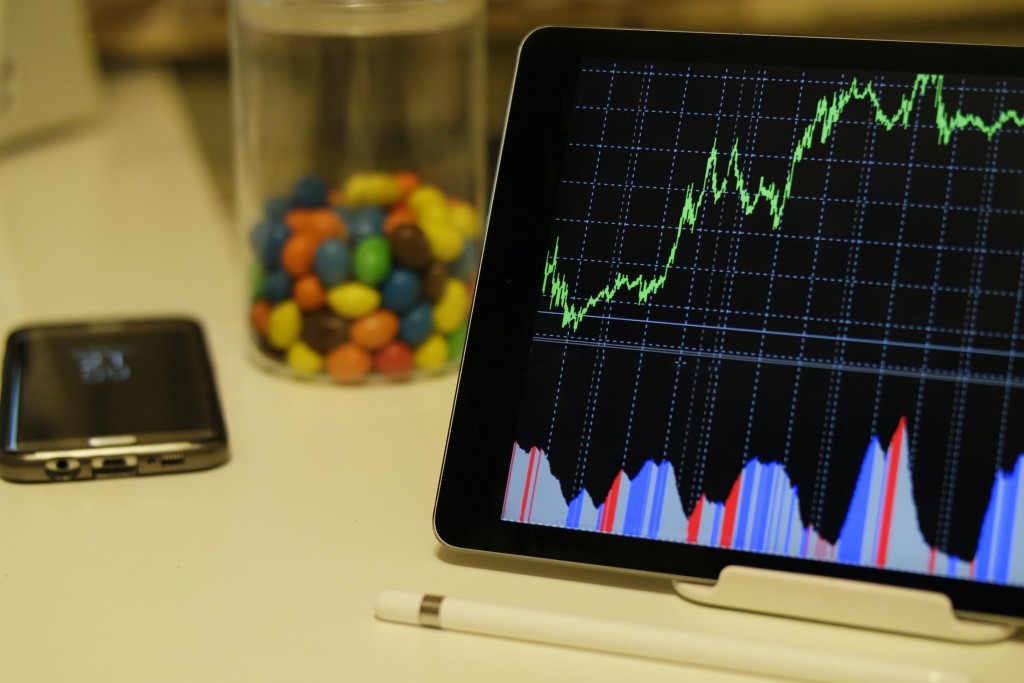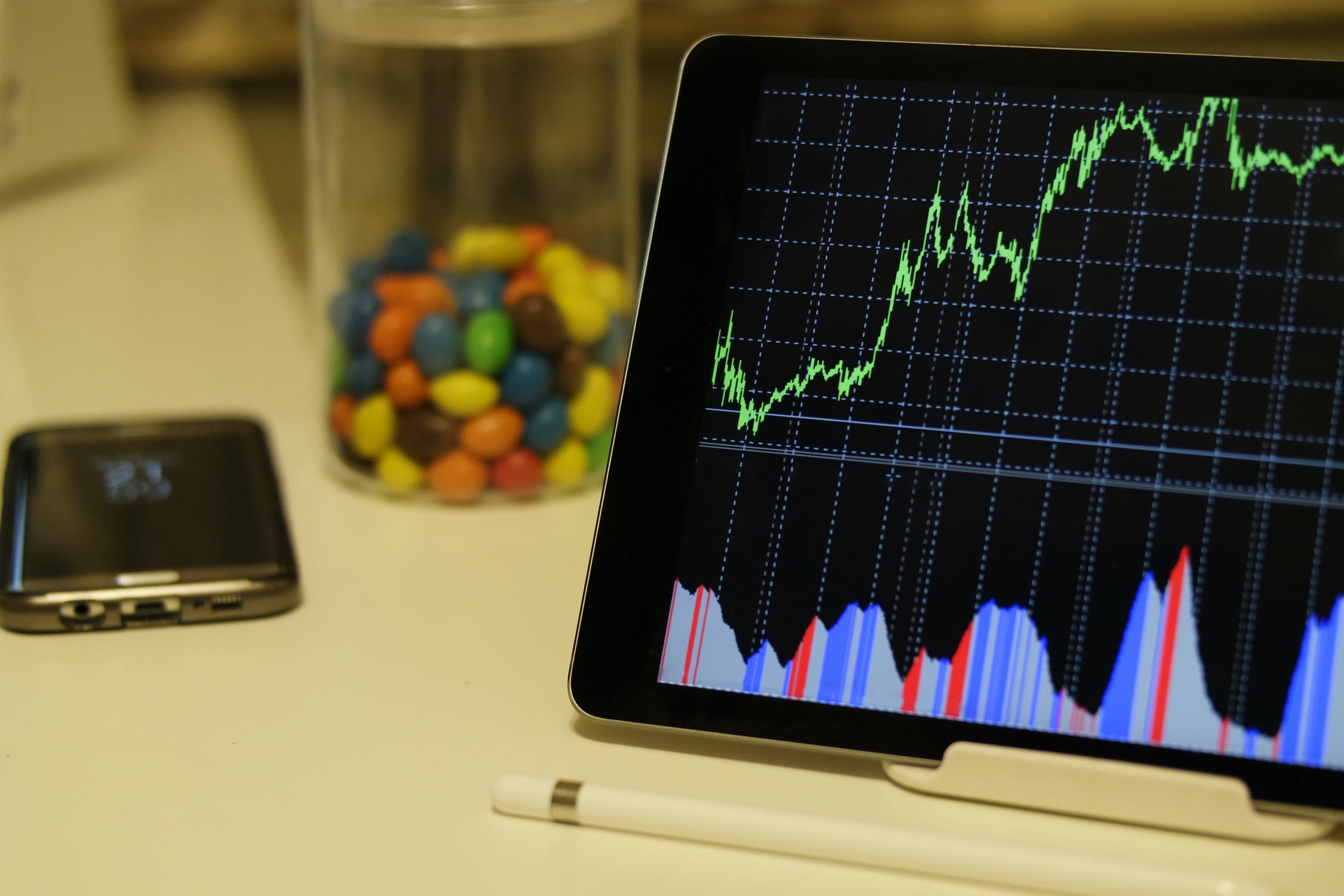Cryptocurrencies, led by Bitcoin, have captured the imagination of investors and technologists alike. Bitcoin’s meteoric rise and dramatic price fluctuations have left both novice and experienced traders eager to understand its price patterns. In this article, we delve deep into the world of Bitcoin’s cyclical price channels and the predictive models that attempt to make sense of its volatility. Amidst the evolving landscape of cryptocurrency trading, it’s important to stay informed. Immediate Turbo System serves as a platform connecting individuals eager to broaden their investment knowledge with companies specializing in investment education.

Understanding Bitcoin’s Price Cycles
Historical Analysis of Bitcoin’s Price Movements
Bitcoin’s journey from its inception in 2009 to its status as a global financial phenomenon today is marked by dramatic price movements. Its early years were characterized by extreme volatility, with prices going from virtually zero to a few cents within the first year.
As Bitcoin matured, it began exhibiting distinct cyclicality. Bull runs, characterized by rapid price increases, were followed by prolonged bear markets with significant declines. These cycles have occurred with remarkable regularity.
Identifying Cyclic Patterns in Bitcoin’s Price Data
The most prominent cyclic pattern in Bitcoin’s history is the four-year halving cycle. Approximately every four years, Bitcoin’s supply issuance is cut in half, reducing the rate at which new coins are generated. This event has consistently led to upward price pressure, as demand typically outpaces the reduced supply.
In addition to the halving cycle, Bitcoin’s price also exhibits seasonal trends. For instance, the end of the year often sees increased Bitcoin trading activity and price surges, possibly due to tax-related factors.
Factors Influencing Price Cycles
Understanding Bitcoin’s price cycles necessitates examining the factors that drive them. Supply and demand dynamics play a significant role. As more institutional and retail investors enter the market, demand increases, potentially fueling bull runs. Conversely, external events like regulatory changes or security breaches can trigger bear markets.
Tools and Techniques for Analyzing Price Channels
Technical Analysis in Cryptocurrency Trading
Technical analysis is a widely used tool in cryptocurrency trading. Techniques such as moving averages help smooth out price data, making it easier to spot trends. The Relative Strength Index (RSI) helps identify overbought and oversold conditions, aiding in decision-making.
Fibonacci Retracement Levels
Fibonacci retracement levels help traders identify potential support and resistance levels based on a sequence of numbers. These levels are used to predict possible price reversals.
Bollinger Bands
Bollinger Bands consist of a moving average and two standard deviation lines. They provide insights into price volatility and potential breakout or breakdown points.
Ichimoku Cloud
The Ichimoku Cloud offers a comprehensive view of support and resistance, trend direction, and momentum. Traders use it to make informed decisions.
Volume Analysis and On-Balance Volume (OBV)
Volume analysis, particularly On-Balance Volume, helps gauge the strength of price trends. Increases in trading volume often precede significant price movements.
Cyclical Price Channels in Bitcoin’s History
Case Studies of Previous Price Cycles
To gain deeper insights into Bitcoin’s price cycles, let’s examine two case studies:
- The 2013 Bull Run: Bitcoin’s price surged from a few dollars to over $1,000 in 2013, driven by increased media coverage and growing interest from early adopters.
- The 2017-2018 Bull Market and Subsequent Bear Market: This period witnessed Bitcoin’s price soar to nearly $20,000 before a severe correction that lasted well into 2018.
Key Characteristics of Each Cycle
In both cases, these cycles exhibited distinct characteristics. Peaks marked the climax of bull runs, while troughs signified the lowest point of bear markets. Analyzing the duration and magnitude of these cycles provides valuable insights for future predictions.
Building Predictive Models for Bitcoin Price
Machine Learning and Predictive Analytics
Predictive models rely on data, and cryptocurrency markets are no exception. Data collection and preprocessing are crucial steps in building reliable models. Feature engineering involves selecting the most relevant variables for prediction.
Time Series Analysis
Time series analysis methods like ARIMA and GARCH help capture patterns in Bitcoin’s price data. ARIMA models focus on autocorrelation, while GARCH models account for volatility clustering.
Sentiment Analysis and Social Media Data
Cryptocurrency markets are sensitive to news and sentiment. Analyzing social media chatter and news sentiment can provide valuable inputs for predictive models.
Combining Multiple Models for Enhanced Predictions
Many traders use a combination of predictive models to improve accuracy. By blending various methods, one can mitigate the weaknesses of individual models.
Limitations and Challenges
The Unpredictable Nature of Cryptocurrency Markets
Despite the regularity in Bitcoin’s price cycles, unexpected events can disrupt established patterns, making accurate predictions challenging.
Regulatory and Security Concerns
Cryptocurrency markets are influenced by regulatory decisions and security breaches, factors that are difficult to predict accurately.
Model Overfitting and False Signals
Predictive models can suffer from overfitting, where they perform well on historical data but poorly on future data. False signals can lead to significant losses if not carefully managed.
The Future of Bitcoin Price Analysis and Predictions
Potential Advancements in Predictive Models
Continual advancements in data science and machine learning will likely lead to more accurate predictive models.
Institutional Adoption and Its Impact
As institutional investors enter the cryptocurrency market, their actions may have a stabilizing effect on Bitcoin’s price cycles.
The Role of Decentralized Finance (DeFi)
The growing influence of DeFi platforms may introduce new dynamics into Bitcoin’s price cycles.
Investing Wisely in Bitcoin’s Cyclical Nature
Armed with predictive insights, investors can make informed decisions, managing risk effectively.
Conclusion
In conclusion, Bitcoin’s cyclical price channels offer intriguing patterns that, when understood and analyzed with the right tools and techniques, can provide valuable insights for traders and investors. While challenges and uncertainties persist, the study and prediction of Bitcoin’s price movements remain an essential endeavor in the ever-evolving world of cryptocurrency markets.
